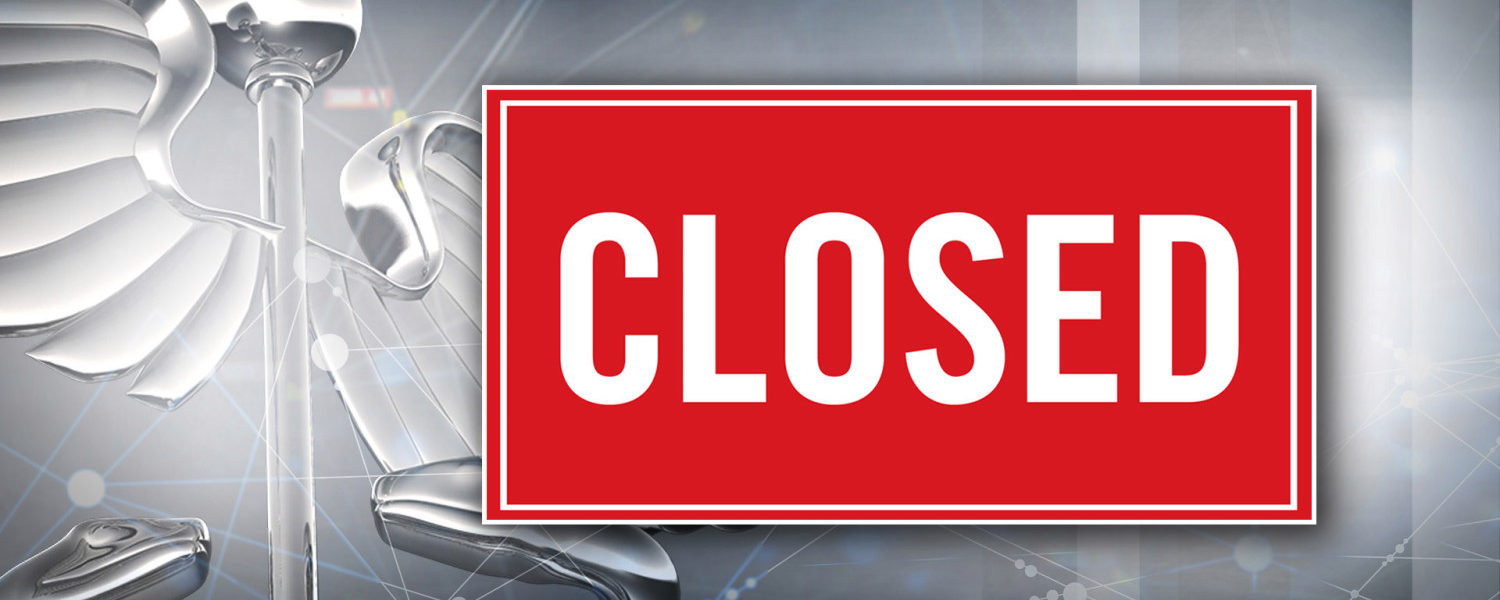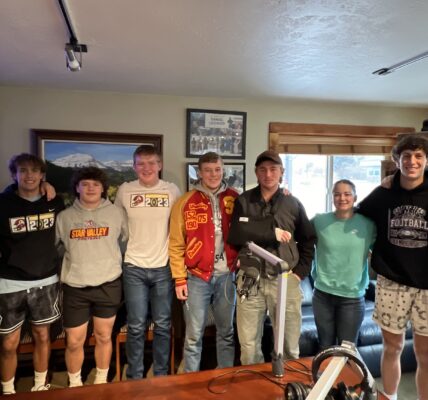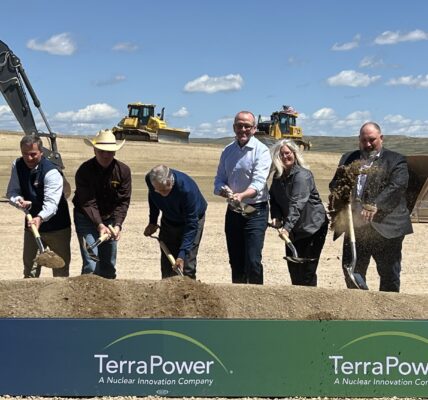By Camille Erickson
Casper Star-Tribune
Via- Wyoming News Exchange
CASPER — The COVID-19 pandemic delivered historic blows to Wyoming’s economy during this year’s second quarter, according to a new report published on Monday by Wyoming’s Economic Analysis Division. The report shows the sheer scale of the economic fallout induced by the pandemic, which sparred few of the state’s industries.
Not only did the state’s unemployment rate climb to almost 9%, but taxable sales fell nearly 13% during the second quarter, compared to the same period last year.
The economic recession dealt counties dependent on coal, oil and natural gas production a particularly shocking punch between April and June, causing analysts to hearken back to the last energy downturn in 2016.
In Sublette County, the epicenter for Wyoming’s natural gas production, taxable sales tumbled by over 61% year over year. On June 26, the state’s oil and gas rig count reached zero for the first time in the state’s history. Though some drilling continues throughout the state, exploration and new development has largely frozen.
Another hub for oil and gas activity, Converse County, also saw its taxable sales slashed in half during this year’s second quarter, a decline likely attributable to the number of wells shut in and oil projects stalled.
Efforts to curb the spread of the infectious virus across the country led to a slumps in fuel demand worldwide. Simultaneously, a global price war and glut in oil caused the cost of crude to sink.
The collapse of global energy markets this year could leave an indelible mark on the state’s leading industry far into the future. During the second quarter, one-fifth of the state’s energy workers lost work. Taxable sales in the mining and drilling sector also contracted by 53%, according to the report.
Mining activity drummed up just $72.2 million in mineral severance taxes during the second quarter of 2020, markedly less than usual.
“The amount of mineral severance taxes generated in the quarter was less than half of any quarter in 2019,” Wenlin Liu, the state’s chief economist said in a statement. “And it was the lowest figure since the second quarter of 2002.”
In contrast, Carbon County’s taxable sales shot up by over 180%, compared to the same quarter in 2019, in part thanks to ambitious wind energy projects continuing construction in the region.
The state’s leading utility, Rocky Mountain Power, has been busy in Carbon County building and repowering several wind farms, not to mention expanding transmission lines.
According to the state’s latest economic report, sales tax contributions from the utility sector alone grew 12% during the second quarter, compared to 2019.
Power Company of Wyoming, an independent power producer, is also building the massive 3,000 megawatt Chokecherry and Sierra Madre project in Carbon County. Construction of wind turbine pads and necessary roads have been underway this year. The wind farm will eventually connect to a new transmission line, called the TransWest Express project. The 732-mile line will be able to deliver power generated from wind farms in Wyoming to new customers in the desert southwest.
“What I think is exciting about the report is it gives you a sense of the uplift that that wind development can provide to a community and the state overall,” said Kara Choquette, communications director for Power Company of Wyoming.
According to Choquette, the projects undertaken by Power Company of Wyoming and TransWest could draw in $1.1 billion in non-mineral revenue for Wyoming in the form of new property taxes, sales and use taxes and generation taxes during the project’s initial operating lives. Local governments also collect impact assistance funding during the project’s construction phases.
In another small boost for the state’s economic activity, taxable sales collected from retail trade rose 6.5% year over year, largely from online shopping. The uptick is likely attributable to recent legislation passed by Wyoming lawmakers instituting taxes on goods sold online.
Outside of energy, other sectors in the state limped along during the spring and early summer this year. Wyoming’s hospitality and leisure businesses shed 10,700 workers, as restaurants and hotel rooms stayed empty. Tourism also suffered substantial losses during the period studied in the report, as the state’s national parks temporarily closed from March into early May.
“The tourism industry, either measured by national park visitations or lodging sales, dropped approximately 50% compared to a year ago,” Liu, the economist, explained in the report.
Given the economic destruction recorded during this year’s second quarter, it is little surprise that 25,890 workers in Wyoming lost their jobs. Consequently, the unemployment skyrocketed to 8.9%, the highest the state has recorded since 1987. Nonetheless, personal income actually made gains during the same quarter.
“Similar to the rest of the U.S., Wyoming’s total personal income increased 6.4% in the second quarter of 2020, thanks to the $600 additional weekly unemployment insurance compensation and the $1,200 impact payments to individuals,” Liu said. “Increases in personal transfer receipts more than offset decreases in workers’ earnings in the second quarter.”
The additional $600 a week supplemental unemployment benefits provided by the federal government ended in late July. Congress has yet to pass a second economic stimulus bill.
It’s unclear how long an economic recovery could take. Based on the state report’s forecast, a full recovery could take years. The period between April and June was the worst period economically since the virus began spreading in the U.S., but bankruptcies and additional waves of infections could send economies reeling again soon, Moody’s Analytics predicts.
According to Liu, “support from governments and central banks will be critical to determine the speed of the rebound once the virus is contained.”







